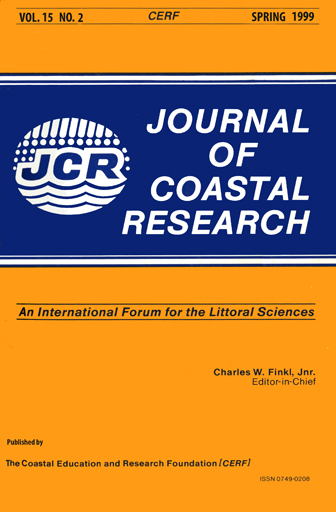Quaternary Coastal History, Basin Geometry and Assumed Evidence for Hurricane Activity, Northeastern Gulf of Mexico Coastal Plain
Keywords:
Coastal evolution, lagoon, estuary, strandplain, storm cyclicity, Holocene.Abstract
Detailed aspects of the mid-to-late Holocene coastal evolution including identification of the transgressive and/or regressive character of shore-oblique estuarine valley-fill and/or shore-parallel lagoonal and lake deposits are important on the northeastern Gulf of Mexico coast. Evaluation of the valley-fill or lagoonal nature of these depositional basins in southeast Alabama and elsewhere is crucial in deciding the nature of multiple sand layers enclosed in such estuarine sequences. Multiple sand laminae, enclosed in organic-rich estuarine-lagoonal and lacustrine clays and muds beneath Gulf coastal lakes have been presented as proxy indicators of cyclically recurring Category 4 and 5 hurricanes, believed to have struck the coast periodically, following subdued hurricane activity before 3.2 ka BP (LIU and FEARN, 1993, 1997).
Subsurface data, combined with those of Liu and Fern indicate that most of the sand laminae cited from sediments beneath Shelby Lakes were deposited in an estuarine valley fill, not lagoonal deposits. This occurred well before the original Shelby Lakes formed by prograding late Holocene strandplain ridges that mark the progressively seaward shifting Gulf of Mexico shoreline positions. Marsh islands in western Lake Shelby indicate that erosion of beach ridges around the originally smaller lagoons has gradually expanded them. Distances of probable storm overwash from the Gulf even into these early lagoons thus are not comparable with those that occasionally take place at the present time. In addition to providing important data for coastal evolution, the morphological and stratigraphic evaluation of coastal water bodies illustrate constraints in the reconstruction of prehistoric hurricane activity.

